Astronomers, using the James Webb Space Telescope (JWST), have made an extraordinary discovery about the atmosphere of the exoplanet WASP-107b. This research, co-led by the Institute of Astronomy at KU Leuven, offers insights into the planet’s unique atmospheric composition and dynamics.
WASP-107b is a gaseous exoplanet orbiting a star cooler and less massive than our Sun. Its mass is similar to Neptune’s, but its size is closer to Jupiter’s, making it unusually “fluffy.” This low density allows astronomers to probe 50 times deeper into its atmosphere than possible with denser planets like Jupiter.
Water Vapor and Clouds of Sand
Recent observations revealed the presence of water vapor, sulfur dioxide, and silicate sand clouds in WASP-107b’s atmosphere. Surprisingly, there was no trace of methane, suggesting a warm interior and dynamic heat movement. The sulfur dioxide discovery was unexpected, as previous models predicted its absence.
Despite its star emitting fewer high-energy photons, WASP-107b’s fluffiness allows these photons to penetrate deeply, enabling chemical reactions that produce sulfur dioxide.
A significant finding is the high-altitude clouds made of silicate particles, akin to sand on Earth. This is the first time the chemical composition of clouds on an exoplanet has been identified.
“JWST is revolutionizing exoplanet characterization, providing unprecedented insights at remarkable speed,” says lead author Prof. Leen Decin of KU Leuven, in a statement. “The discovery of clouds of sand, water, and sulfur dioxide on this fluffy exoplanet by JWST’s MIRI instrument is a pivotal milestone. It reshapes our understanding of planetary formation and evolution, shedding new light on our own Solar System.”
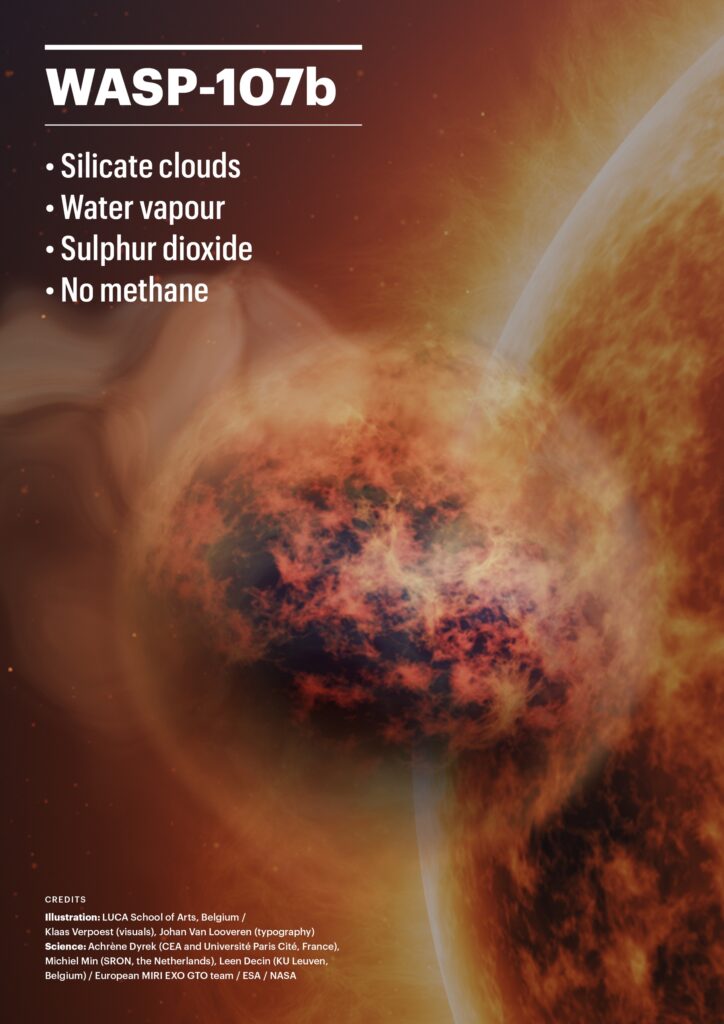
Understanding WASP-107b’s Climate
The existence of sand clouds at high altitudes suggests a cycle similar to Earth’s water cycle, but with silicate. Sand rain droplets evaporate in hot lower layers, rise, and recondense into clouds.
JWST, equipped with the Mid-Infrared Instrument (MIRI), has revolutionized exoplanet research. Belgian scientists and engineers, supported by BELSPO and ESA’s PRODEX program, played a crucial role in MIRI’s development.
Dr. Bart Vandenbussche, an instrument specialist at KU Leuven, highlights the long journey to see MIRI unveil the secrets of exoplanet atmospheres. “With colleagues across Europe and the United States we have been building and testing the MIRI instrument for almost 20 years,” he says. “It is rewarding to see our instrument unravel the atmosphere of this intriguing exoplanet.”
This research marks a leap in understanding exoplanets, highlighting the James Webb Space Telescope’s ability to study in exquisite detail the atmospheres of planets beyond our solar system. “JWST enables a deep atmospheric characterization of an exoplanet that does not have any counterpart in our solar system,” says lead author Dr. Achrène Dyrek at CEA Paris. “We are unraveling new worlds!”
The study is the culmination of several analyses of JWST observations, representing years of work in building, testing, calibrating, and analyzing data from the MIRI instrument.
The research is published in the journal Nature.
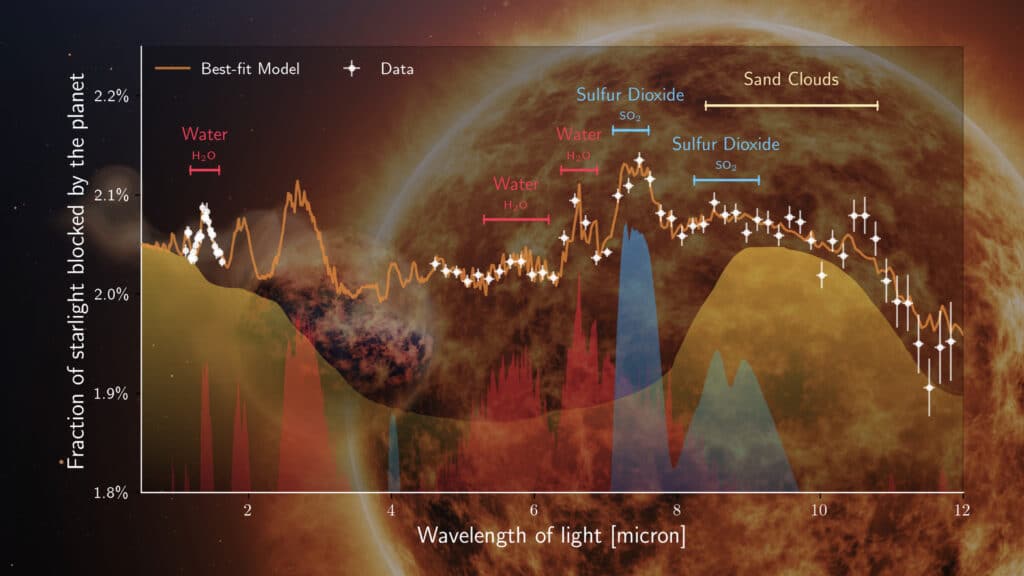
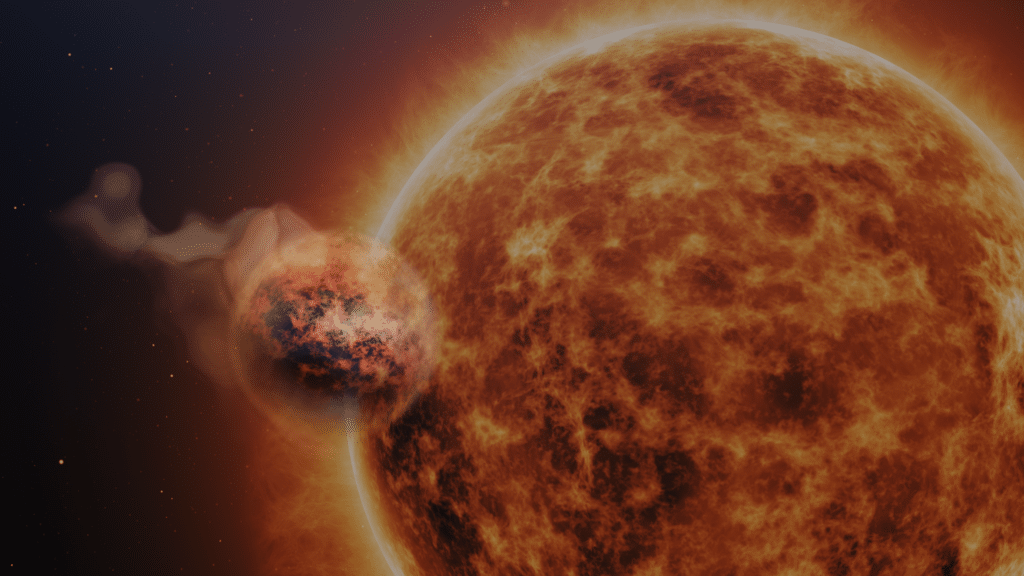
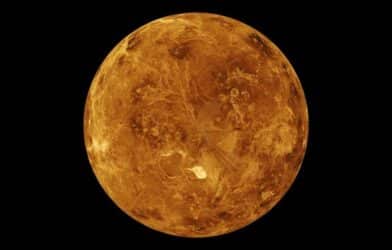
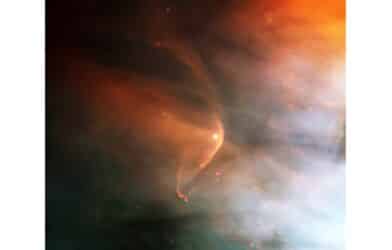
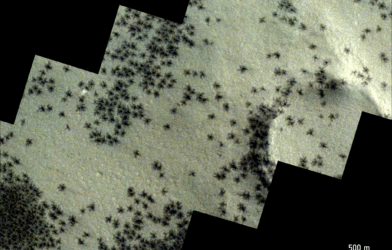
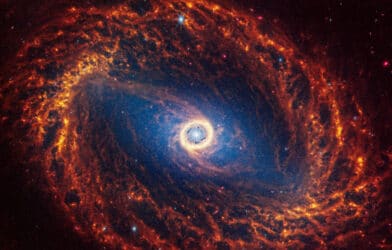
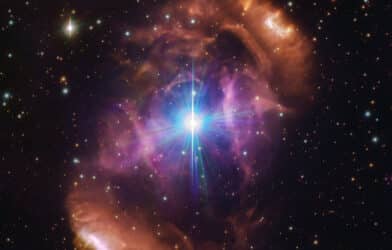
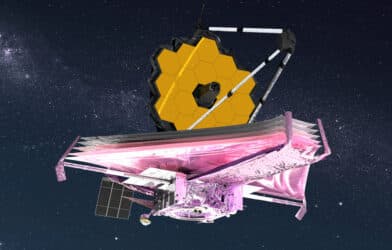
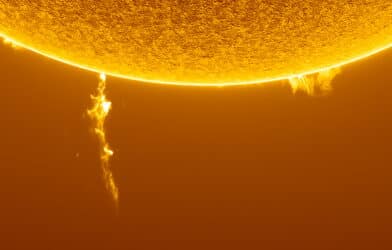




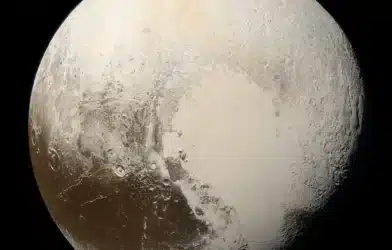
Comments